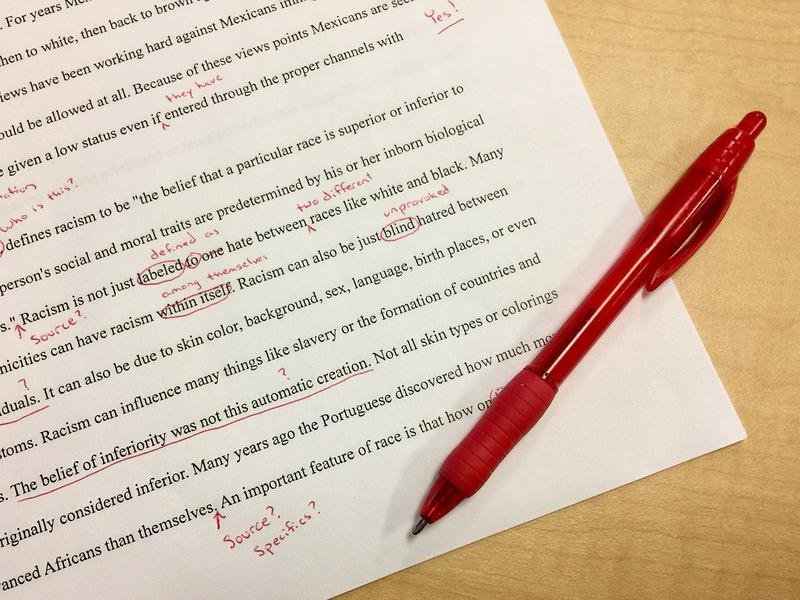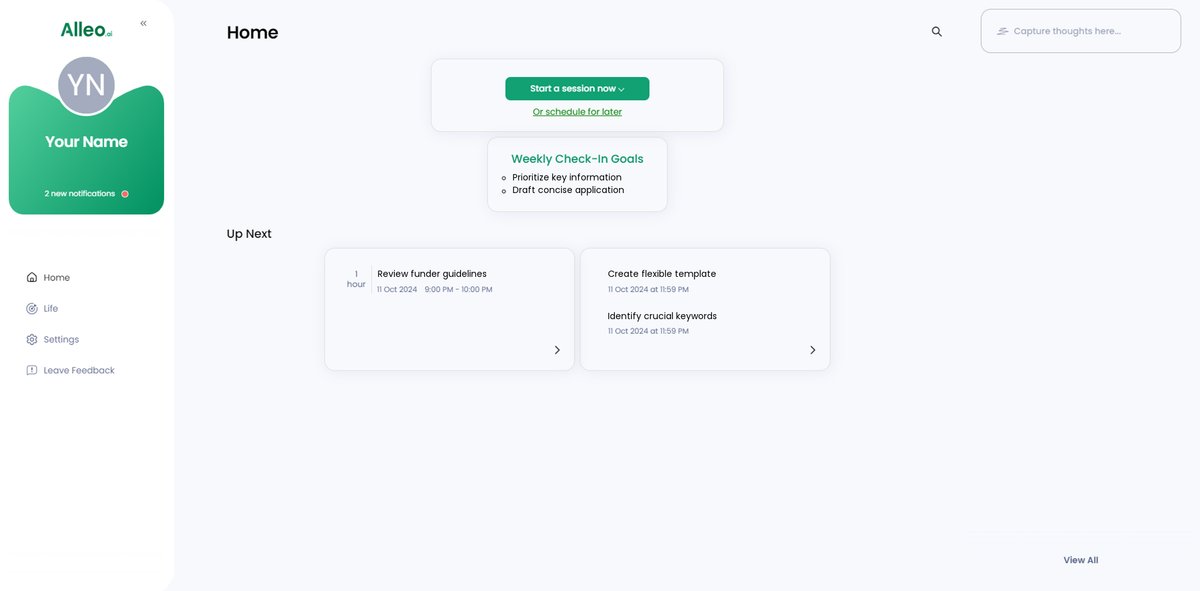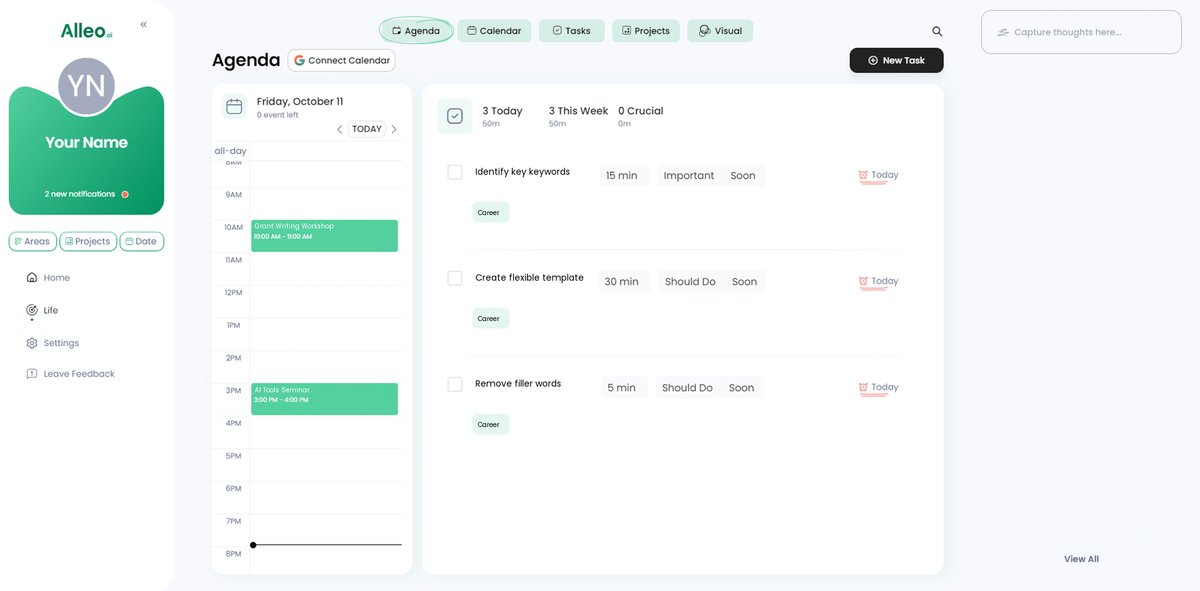4 Powerful Strategies for Nonprofit Leaders: Write Compelling Grant Applications Within Strict Word Limits
Are you tired of trying to fit your nonprofit’s mission into less than 100 words per question on grant applications? Grant writing word limit tips can help you overcome this challenge.
As a life coach, I’ve seen many nonprofit leaders struggle with this challenge. It’s frustrating to condense complex projects into such tight word limits, but effective storytelling in grants is crucial for fundraising for nonprofits.
In this article, I’ll share strategies to craft compelling grant applications despite these restrictions. You’ll learn to prioritize key information, use concise language, leverage AI tools, and create flexible templates. These grant writing techniques will help you master word count optimization and develop concise grant proposals.
Let’s dive into these grant application best practices and impact-focused writing strategies.

Navigating the Challenge of Strict Word Limits
Grant applications often impose strict word limits, which can be incredibly frustrating for nonprofit leaders. It’s difficult to compress the essence of complex projects into less than 100 words per question, making grant writing word limit tips crucial for success.
This limitation impacts your ability to provide comprehensive information about your organization’s work. Many nonprofit leaders, in my experience, struggle with communicating their mission and achievements clearly and concisely, highlighting the need for effective storytelling in grants.
Moreover, clear and impactful language becomes essential to meet these constraints. You need to convey your message effectively without losing the essence of your project, emphasizing the importance of concise grant proposals and word count optimization.
By understanding this challenge and employing strategic grant writing techniques, you can overcome these obstacles and improve your nonprofit funding strategies.

Overcoming this challenge requires a few key steps. Here are the main areas to focus on to make progress with grant writing word limit tips:
- Prioritize key information using keywords: Identify and highlight essential points aligning with funder’s priorities, using effective storytelling in grants.
- Use concise, impactful language throughout: Write clearly and eliminate redundant words for concise grant proposals and word count optimization.
- Leverage AI tools for efficient drafting: Use AI to generate drafts and automate tasks, enhancing nonprofit funding strategies.
- Create a template with flexible word counts: Design adaptable templates for different applications, following grant application best practices.
Let’s dive into these grant writing techniques!
1: Prioritize key information using keywords
Prioritizing key information using keywords is essential to make your grant application stand out within strict word limits. This is one of the crucial grant writing word limit tips to master.
Actionable Steps:
- Identify crucial points: Start by identifying the most important information that aligns with the funder’s priorities. Highlight achievements and goals that directly relate to the funding criteria, focusing on impact-focused writing.
- Use funder-specific keywords: Research and incorporate specific keywords that the funder uses in their guidelines. This will catch their attention and show that your project aligns with their priorities, a key aspect of effective storytelling in grants.
- Highlight key achievements: Use bullet points to succinctly present your project’s major accomplishments and goals. Ensure these points are concise and impactful, following grant application best practices.
Explanation: Prioritizing key information and using relevant keywords help ensure your grant application resonates with funders. By clearly aligning your application with their priorities, you improve your chances of success in fundraising for nonprofits.
For more on how to align your application with funder priorities, visit PCORI’s funding announcement.
Key benefits of prioritizing information:
- Increases relevance to funders
- Enhances clarity of your message
- Improves chances of successful funding
By focusing on these steps, you can effectively convey your project’s value within the word constraints, setting the stage for a compelling application. These grant writing techniques and word count optimization strategies are essential for crafting concise grant proposals.

2: Use concise, impactful language throughout
Utilizing concise, impactful language is essential for conveying your nonprofit’s mission within strict grant writing word limits.
Actionable Steps:
- Write short, clear sentences: Focus on one idea per sentence to ensure clarity. Use specific nouns and action verbs to convey strong messages in your grant proposals.
- Eliminate unnecessary words: Remove redundant or filler words that do not add value to your message. Simplify complex sentences without losing their meaning, optimizing your word count for grant applications.
- Use active voice: Write in an active voice to make your statements more direct and engaging. This helps create a stronger connection with the reader and is a key grant writing technique.
Explanation: Clear and concise language helps ensure your grant application is both compelling and easy to understand, adhering to grant writing word limit tips.
By eliminating unnecessary words and using an active voice, you can convey important information effectively in your nonprofit funding strategies.
For more tips on using impactful language in nonprofit communications, visit this resource on donation requests.
These steps will help you present your nonprofit’s mission clearly and powerfully, ensuring that funders understand your project’s value through effective storytelling in grants.

3: Leverage AI tools for efficient drafting
Leveraging AI tools can streamline the grant writing process, making it easier to meet strict word limits and optimize grant writing techniques.
Actionable Steps:
- Utilize AI writing assistants: Use tools like Alleo to quickly generate first-draft proposals. Tailor the AI-generated content to match funder guidelines and word limits, enhancing your nonprofit funding strategies.
- Automate repetitive tasks: Employ AI to format and structure your application consistently. This saves time on editing, allowing you to focus on refining content and crafting concise grant proposals.
Explanation: Using AI tools helps you draft efficiently and ensures your application adheres to funder guidelines. This approach saves time and enhances accuracy, supporting effective storytelling in grants.
For more insights on AI in grant writing, visit Instrumentl’s AI grant-writing tool.
AI tools can enhance your grant writing word limit tips in several ways:
- Accelerate the drafting process
- Improve consistency across applications
- Allow more time for strategic refinement and impact-focused writing
By integrating AI into your process, you can create compelling applications that meet word limits and resonate with funders, improving your grant application best practices and fundraising for nonprofits efforts.

4: Create a template with flexible word counts
Creating a template with flexible word counts is essential to adapt your grant applications to varying requirements, making it a key grant writing word limit tip.
Actionable Steps:
- Design an adaptable template: Create a basic template that includes placeholders for key sections like objectives, milestones, and budgets. This allows you to expand or condense based on word limits, a crucial aspect of word count optimization.
- Customize for each application: Adjust the level of detail based on specific funder requirements. Ensure all critical information is included, regardless of word limits, following grant application best practices.
Explanation:
Designing adaptable templates saves time and ensures consistency across applications, a vital nonprofit funding strategy. By customizing templates for each funder, you can meet specific guidelines effectively, showcasing your grant writing techniques.
For more tips on crafting flexible templates, visit Grants.gov’s resource.
Benefits of flexible templates:
- Adaptable to various funder requirements
- Maintain consistency across applications
- Save time on repetitive formatting
Adapting your templates helps ensure your submissions are both comprehensive and concise, enhancing your chances of securing funding. This approach supports effective storytelling in grants and impact-focused writing, key elements in fundraising for nonprofits.

Partner with Alleo on Your Grant Writing Journey
We’ve explored the challenges of writing compelling grant applications with strict word limits. Now, let’s make this journey easier with Alleo, your partner in mastering grant writing word limit tips.
Set up an account and create a personalized plan. Alleo’s AI coach will guide you through each step, offering grant writing techniques and nonprofit funding strategies.
Tailor your drafts, optimize keywords, and refine your language for concise grant proposals. Alleo will follow up on your progress, handle changes, and keep you accountable with text and push notifications, ensuring you apply the best practices for effective storytelling in grants.
Ready to get started for free? Let me show you how to enhance your impact-focused writing and budget narrative tips!
Step 1: Logging in or Creating an Account
To start crafting your compelling grant application, log in to your Alleo account or create a new one if you haven’t already.

Step 2: Choose “Building better habits and routines”
Click on “Building better habits and routines” to develop consistent practices that will help you streamline your grant writing process and meet strict word limits more effectively.

Step 3: Selecting the life area you want to focus on
Choose “Career” as your focus area to optimize your grant writing skills and increase your nonprofit’s funding success, aligning perfectly with the strategies discussed for crafting compelling applications within strict word limits.

Step 4: Starting a coaching session
Begin your grant writing journey with Alleo by scheduling an intake session, where our AI coach will help you set up a personalized plan tailored to your nonprofit’s specific needs and goals.

Step 5: Viewing and managing goals after the session
After your coaching session, check the app’s home page to review and manage the goals you discussed, allowing you to track your progress and stay accountable in your grant writing journey.

Step 6: Adding events to your calendar or app
Use Alleo’s calendar and task features to easily add and track important grant application deadlines and milestones, helping you stay organized and monitor your progress as you work on crafting compelling applications within word limits.

Wrapping Up Your Grant Writing Journey
You’ve learned grant writing word limit tips and strategies to tackle strict word counts in grant applications. These techniques can help you present your mission clearly and concisely, optimizing your nonprofit funding strategies.
Remember, focus on key information, use impactful language for effective storytelling in grants, leverage AI tools, and create adaptable templates. These steps will enhance your grant writing process and improve your concise grant proposals.
I understand the challenges you face with word count optimization. But with dedication and the right grant application best practices, you can succeed in fundraising for nonprofits.
Why not give Alleo a try? Let us help you streamline your applications and secure funding for your nonprofit through impact-focused writing.
You’ve got this! Let’s make your grant applications shine with budget narrative tips and a keen understanding of the grant reviewer perspective.